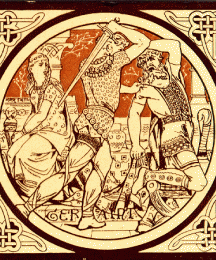
Enid and Geraint are the principle figures in the Welsh tale of Geraint the Son of Erbin, to use Lady Charlotte Guest's title, or Geraint and Enid, one of three Welsh stories analogous to romances by Chrétien de Troyes (the others being Owain and Peredur). Chrétien's Erec et Enide, written c. 1170, is his earliest extant Arthurian romance. (Earlier he wrote a Tristan story, which does not survive.) The Welsh version dates from the thirteenth century and thus is later than Chrétien's. In both versions, the hero--called Erec by Chrétien--fights in and wins a tournament in which each knight fights to defend the assertion that his beloved is the most beautiful and in which the prize is a sparrowhawk. When Enid and Geraint (or Erec) marry, the hero, delighting in married bliss, forgets his knightly duties. In the Welsh tale, Enid laments that she is the cause of her husband's dishonor. Geraint, hearing only the last part of her lament in which she fears she is not a true wife because of the shame their marriage has brought to his knightly reputation, believes his wife to have been unfaithful, and takes her with him on a quest in which he proves his prowess and she her fidelity. In Chrétien's version, Enide tells Erec directly of the talk of the court about his failure to act in a knightly manner, and a similar quest ensues. In both versions, after a series of adventures, the couple prove to each other their noble qualities.
Read More
Chrétien's romance is the source for Hartmann von Aue's Erec and the thirteenth-century Icelandic Erex Saga. But it was to the Welsh tale, known to him from its translation in Lady Charlotte Guest's Mabinogion that Tennyson took his
...Read More
Ellis, T. E. (1880 - 1946)
Fawcett, Edgar (1847 - 1904)
Geraint and Enid - 1859-1885 (Author)
Idylls of the King - 1859-1885 (Author)
The Marriage of Geraint - 1859-1885 (Author)
Idylls of the King - 1859-1885 (Author)
The Marriage of Geraint - 1859-1885 (Author)
Eleanor Fortescue Brickdale (1872 - 1945)
Julia Margaret Cameron (1815 - 1879)
Walter Crane (1845 - 1915)
Gustave Doré (1832 - 1883)
Howard Pyle (1853 - 1911)
George Wooliscroft Rhead (1854 - 1920)
Louis Rhead (1857 - 1926)
John Moyr Smith (1839 - 1912)
Eleanor Fortescue Brickdale (1872 - 1945)
Julia Margaret Cameron (1815 - 1879)
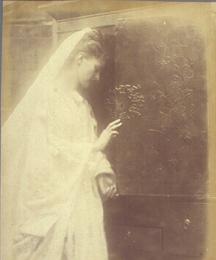
Walter Crane (1845 - 1915)
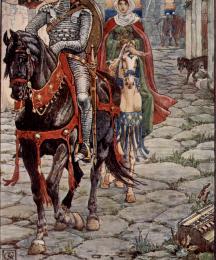
Gustave Doré (1832 - 1883)
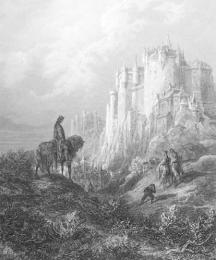
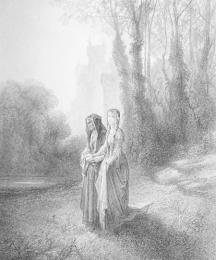


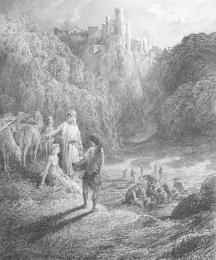
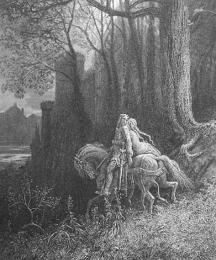
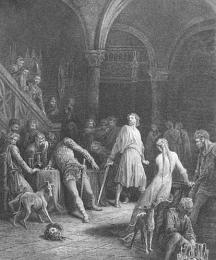
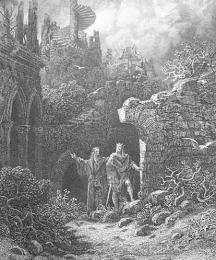
Howard Pyle (1853 - 1911)
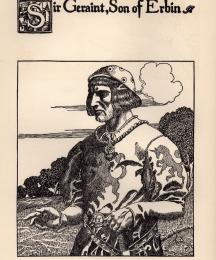
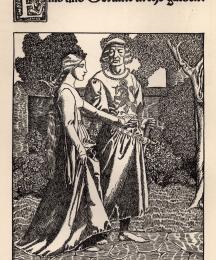
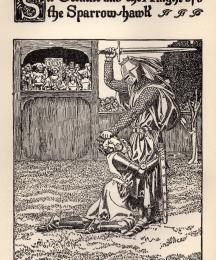
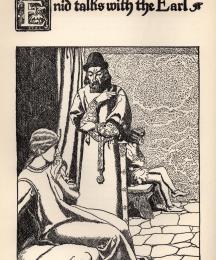
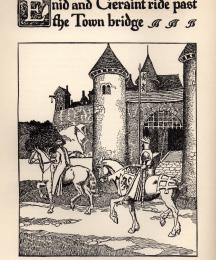

George Wooliscroft Rhead (1854 - 1920)
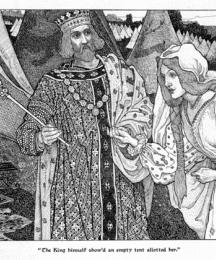
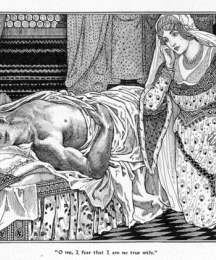
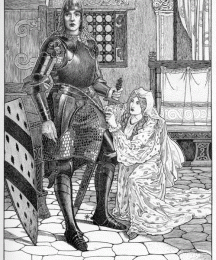
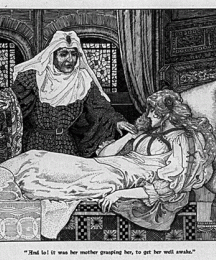
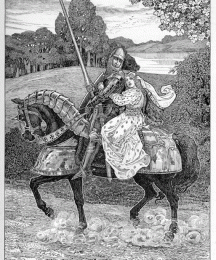
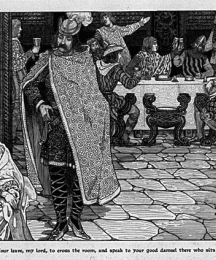
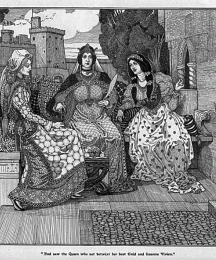
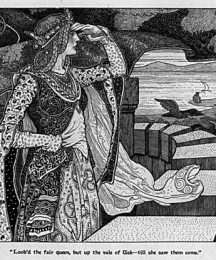
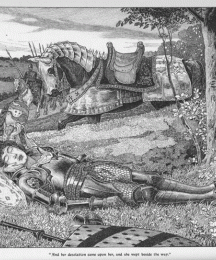
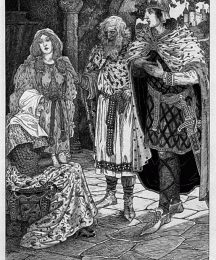

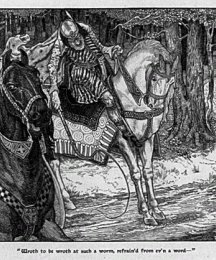
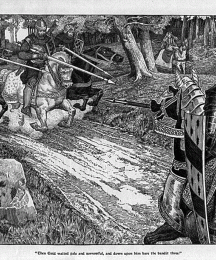
Louis Rhead (1857 - 1926)













John Moyr Smith (1839 - 1912)
